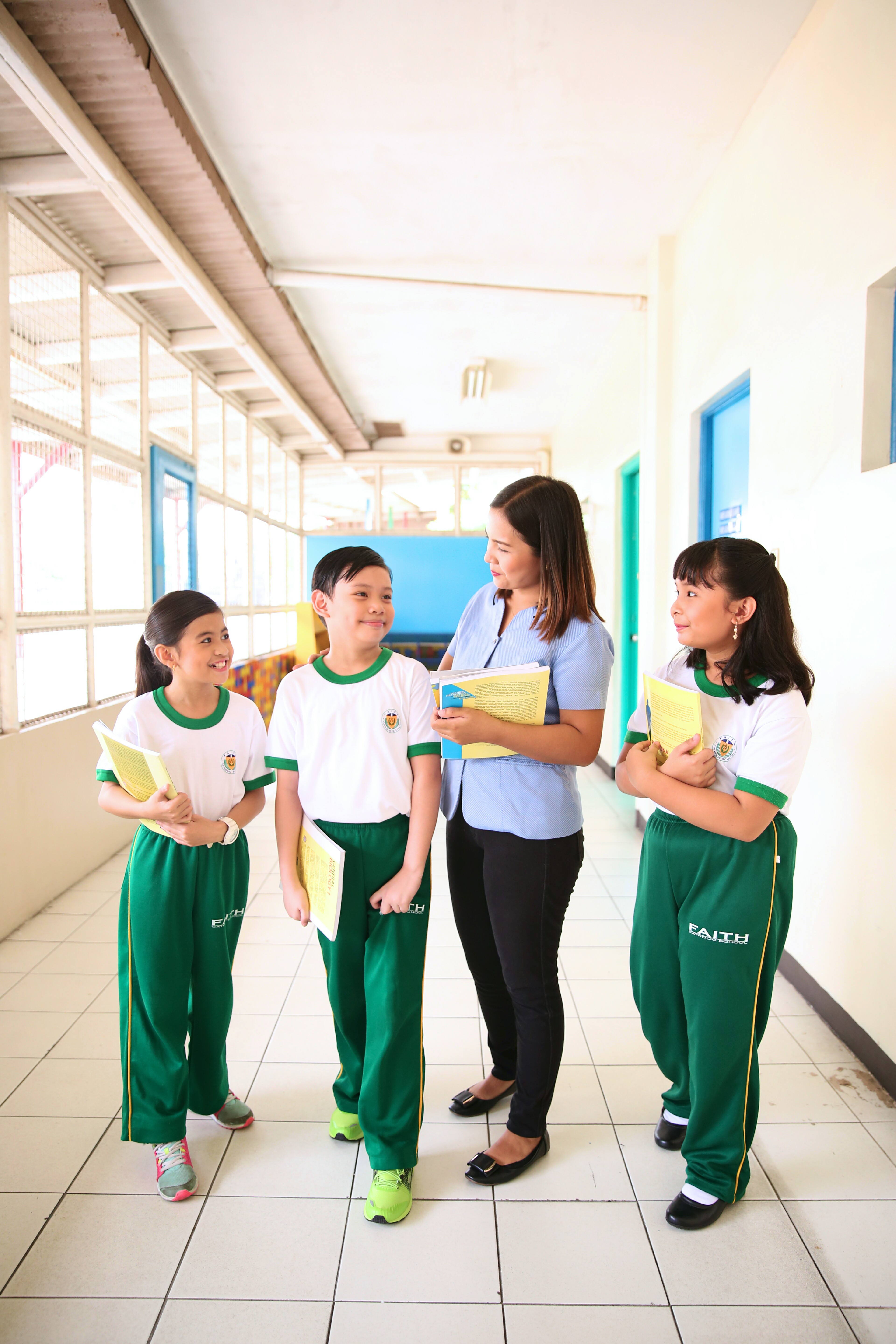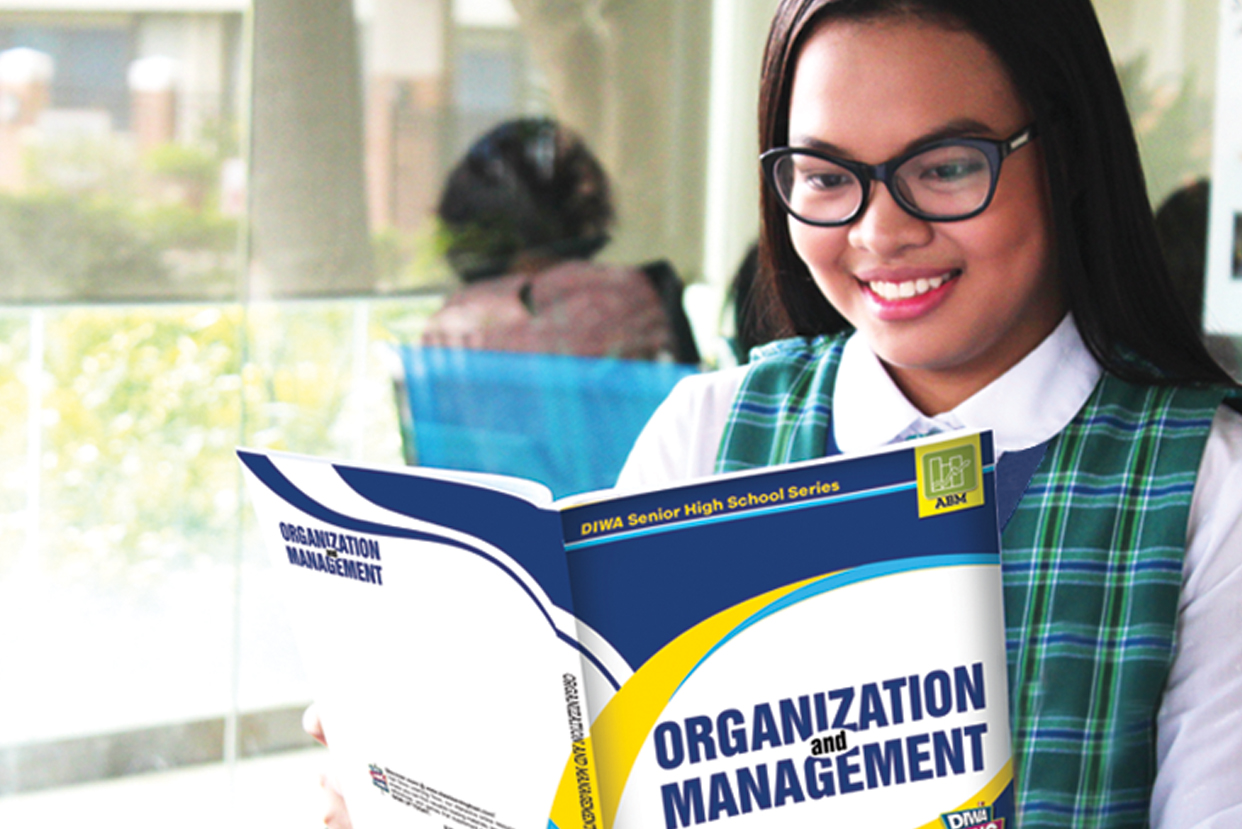Teaching MAPEH in the Digital Age
by Anna Bettina Pangalangan

MAPEH Works!, the new textbook of Diwa Learning Systems (Diwa), is designed to enhance the understanding and appreciation of grade school students for music, art, physical education, and health.
According to Eleazar Enguero, the MAPEH Coordinator of St. James Academy in Malabon City (St. James), MAPEH is an academic subject that develops the creativity and life skills of students, and to make its lessons more applicable to modern learners, educators should tap technology as a teaching tool.
Enguero has been teaching for over 14 years. Aside from being the MAPEH Coordinator of St. James, he teaches music in junior high school, serves as the physical education instructor to grade 12 students, and coaches the school’s basketball team.
“There is a huge difference between the traditional and modern approach in teaching MAPEH. In 2005, when I entered the school, technology was not yet part of the school’s system. No internet. YouTube resources were scant. But when the curriculum changed, the strategies also followed,” he said.
Integrating ICT in textbook lessons
Diwa commissioned Enguero to write modules in MAPEH Works!, particularly for grade school. The textbook is activity-based and skill-based. It is progressive with three components that specifically encourage the use of internet-based resources to better meet the needs and interests of 21st century learners.
Diwa commissioned Enguero to write modules in MAPEH Works!, particularly for grade school. The textbook is activity-based and skill-based. It is progressive with three components that specifically encourage the use of internet-based resources to better meet the needs and interests of 21st century learners.

1. Install. This is part of the textbook’s motivation activity where lesson introductions can be done using educational videos sourced from the Internet. In teaching health, for instance, a teacher can use animated clips to creatively show concepts of hygiene and bodily functions.
The internet is filled with materials teachers can use for creative delivery. For Enguero, using YouTube videos in his music class allows students to see the right way an instrument should be held, and to hear the sound it produces. “My main concept in teaching is ‘audio-visual’. Even if the instrument is not available in the school, I still get to show it to students through videos,” he enthuses.

2. Network. This is where the discussion happens; where the lesson’s “big idea” comes forth. But Enguero knows that the textbook serves more of a guide to encourage students to do their own research on lessons, opening an opportunity for educators to lead students in exploring computer programs and mobile applications. If the school lacks musical instrument, teachers can download apps to compensate. PE teachers can use apps or videos to come up with fun and dynamic workout programs.
True to the component’s name, Enguero uses Facebook, Instagram, and Twitter for fun classroom activities like hashtag contests, and to give students a common place to upload research-based posts.
3. Upgrade. In this component, teachers assess the understanding of students through various activities. Teachers can either plainly ask questions to start a discussion or ask students to interview a resource person, like a doctor or athlete, then have them upload the video in YouTube to be presented in class.
For Enguero, MAPEH, just like any subject, should be pragmatic and flexible. With MAPEH Works!, educators find practical strategies to make music, arts, physical education, and health engaging subjects to learners who constantly look for new and exciting things.
Previous Issues





